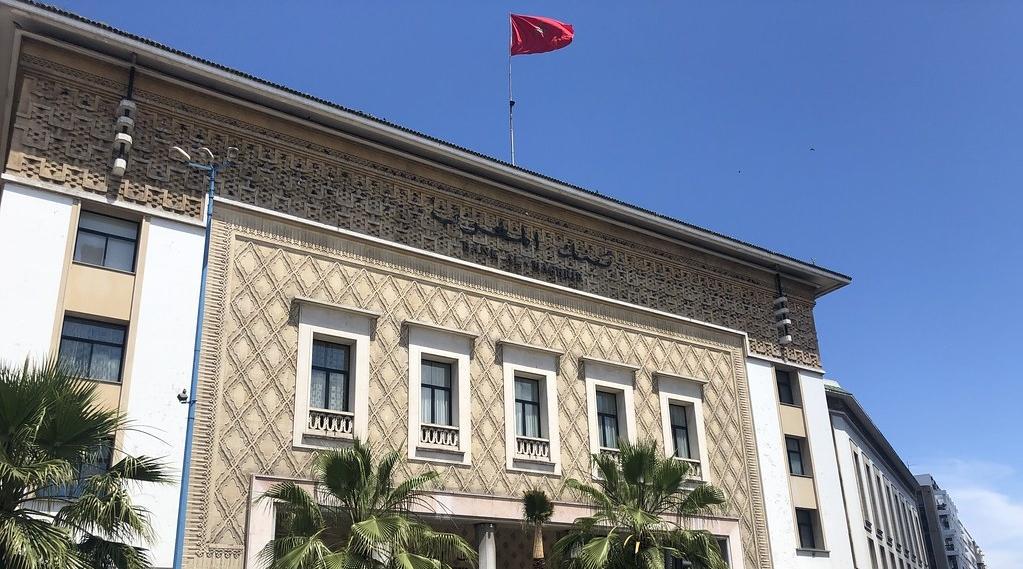The Board of Bank Al-Maghrib (BAM), during its meeting on Tuesday in Rabat, decided to keep the key interest rate unchanged at 2.75%. This decision reflects the bank’s assessment that maintaining the current monetary policy stance is appropriate for the time being, while continuing to closely monitor the economic and social conditions.
Inflation has been moderating since the beginning of the year, primarily due to a drop in volatile food prices and a slowdown in core inflation. After reaching 5.6% in 2023, core inflation is currently around 2% and is expected to remain near that level over the next eight quarters. Overall inflation is projected to decline from 6.1% in 2023 to 1.3% in 2024, before accelerating slightly to 2.5% by 2025. This forecast takes into account changes in subsidies for basic goods and assumes a limited variation in volatile food prices.
In terms of national growth, BAM projects a slowdown in GDP growth to 2.8% in 2024, following a 3.4% increase in 2023. However, growth is expected to rebound to 4.4% in 2025. Agricultural output is forecasted to contract by 6.9% in 2024 but recover with an 8.6% increase in 2025, assuming an average cereal production of 55 million quintals. Non-agricultural sectors, driven by manufacturing, mining, and tourism, are expected to continue growing steadily at 3.9% in both 2024 and 2025.
After a dip in 2023, trade is projected to pick up again in 2024. Exports of goods are expected to increase by 4.8% in 2024 and 9.2% in 2025, led by the automotive sector (with sales reaching 187.4 billion dirhams by 2025) and phosphates (exceeding 90 billion dirhams). Imports are also forecast to grow by 5% in 2024 and 9% in 2025, driven by demand for capital goods, while energy import costs are expected to decrease slightly in 2024 before rising again in 2025.
Tourism revenues are predicted to increase by 7.1% in 2024 and 4.6% in 2025, reaching 117.3 billion dirhams by the latter year. Meanwhile, remittances from Moroccans living abroad are expected to grow at an annual rate of around 3%, hitting 121.8 billion dirhams in 2025. These developments will help keep the current account deficit manageable, forecasted at 1.4% of GDP in 2024 and 2.6% in 2025.
Foreign direct investment (FDI) is expected to rebound, contributing 3.1% of GDP in 2024 and 3.2% in 2025, after dipping to 2.4% in 2023. Official reserve assets are projected to strengthen, reaching 384.3 billion dirhams by the end of 2024 and 397.4 billion dirhams by 2025, providing coverage for approximately five and a half months of imports.
The banking sector’s liquidity needs are expected to increase from 111.4 billion dirhams at the end of 2023 to 120.4 billion in 2024 and 146.6 billion in 2025, driven largely by the growth in currency in circulation. Credit to the non-financial sector is expected to accelerate, growing by 3.3% in 2024 and 4.7% in 2025, after a 2.7% increase in 2023.
The real effective exchange rate is expected to appreciate slightly by 0.7% in 2024, reflecting nominal gains partially offset by lower domestic inflation compared to Morocco’s main trading partners. Stability is anticipated in 2025.
In public finances, revenues improved by 11.2% in the first eight months of 2024, mainly due to strong tax collection, while overall expenditures increased by 8.9%, particularly in goods, services, and investments. Based on these results and economic projections, BAM expects the budget deficit to stabilize at around 4.4% of GDP in 2024 before narrowing to 3.9% in 2025.
